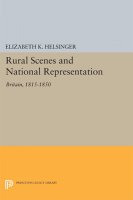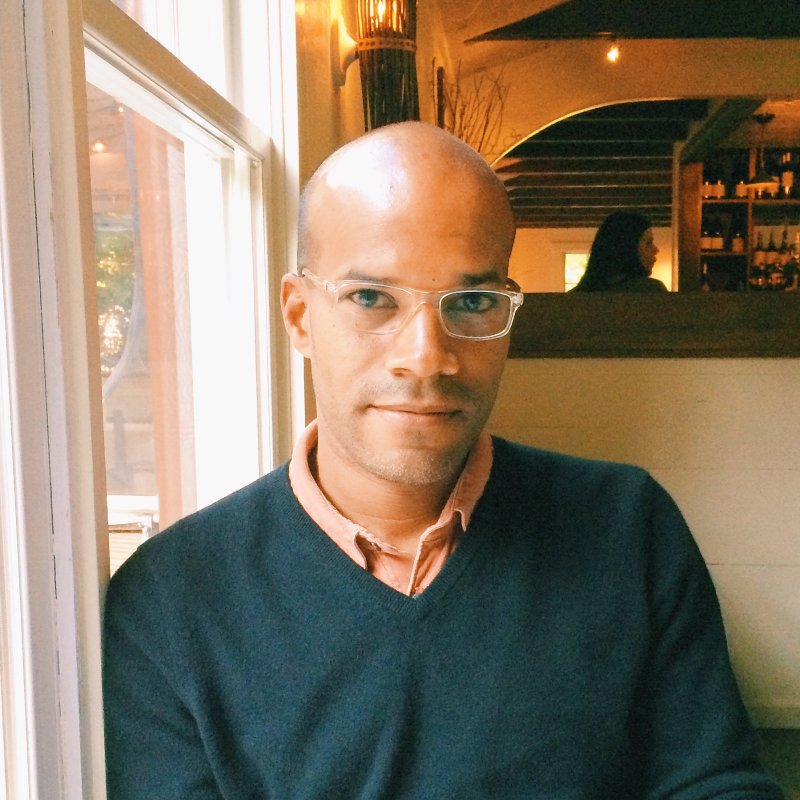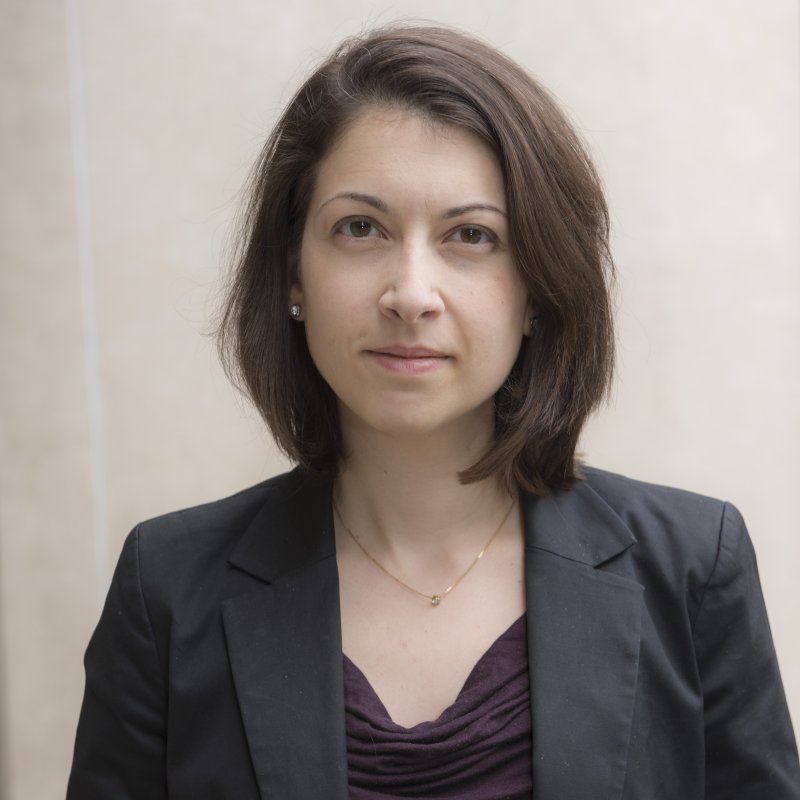Biography
Elizabeth Helsinger has long been fascinated with the interplay between literature and other arts. Her first book (1982) focused on art and social criticism of the late eighteenth and nineteenth centuries (Ruskin, Hazlitt, Baudelaire, Pater): on the aesthetic or social assumptions that writers on the arts helped to formulate and the art that shaped their and their readers' sensibilities. Reading became a central term, as she studied how these critics borrow from and in turn shape techniques of looking and of more literary reading and interpretation. A second book (1997) studied landscape as an especially interesting aspect of the shared literary and visual culture of the first half of the nineteenth century—and as the site of competing, often highly politicized constructions of Englishness. She has also published on the later nineteenth-century women's movement.
More recent research and writing has focused on poetry, particularly the Pre-Raphaelites and later nineteenth-century poets (Swinburne, Meynell, Michael Field, Hardy). One book (2008) examined the work of poet-artists William Morris and Dante Gabriel Rossetti, as a way of reconsidering questions of history, poetics, and the material cultures of later nineteenth-century Britain. Another book (2015) considered poetry's relations with song in the work of Rossetti, Morris, Christina Rossetti, and Swinburne (as well as Emily Brontë, Tennyson,and Gerard Manly Hopkins). Recent and forthcoming articles study Rossetti's visual and verbal work on Dante; gardens in painting; the ballad revival and nineteenth-century poets including Tennyson and Swinburne, William Morris and the idea of (literary) ornament, Blake and the Pre-Raphaelites, and late nineteenth-century women poets (particularly Alice Meynell and Michael Field). She is also working on a longer project about the history of conversing in verse.
Her teaching ranges more widely across genres and periods. She takes for domain of inquiry the long nineteenth century, from c. 1770 to 1910. Romantic and Victorian poetry, fiction, and non-fiction prose and painting, illustrated books, other arts of design, and song are central topics, often starting in the late eighteenth century or reaching into the early twentieth. She has also taught courses on the social history and literary production of 19th century women; on the relations between historiography and historical (and realist) fiction; on the problems of national representation in the early and mid-Victorian years; on image-text relations both more generally and with specific reference to particular topics.






















